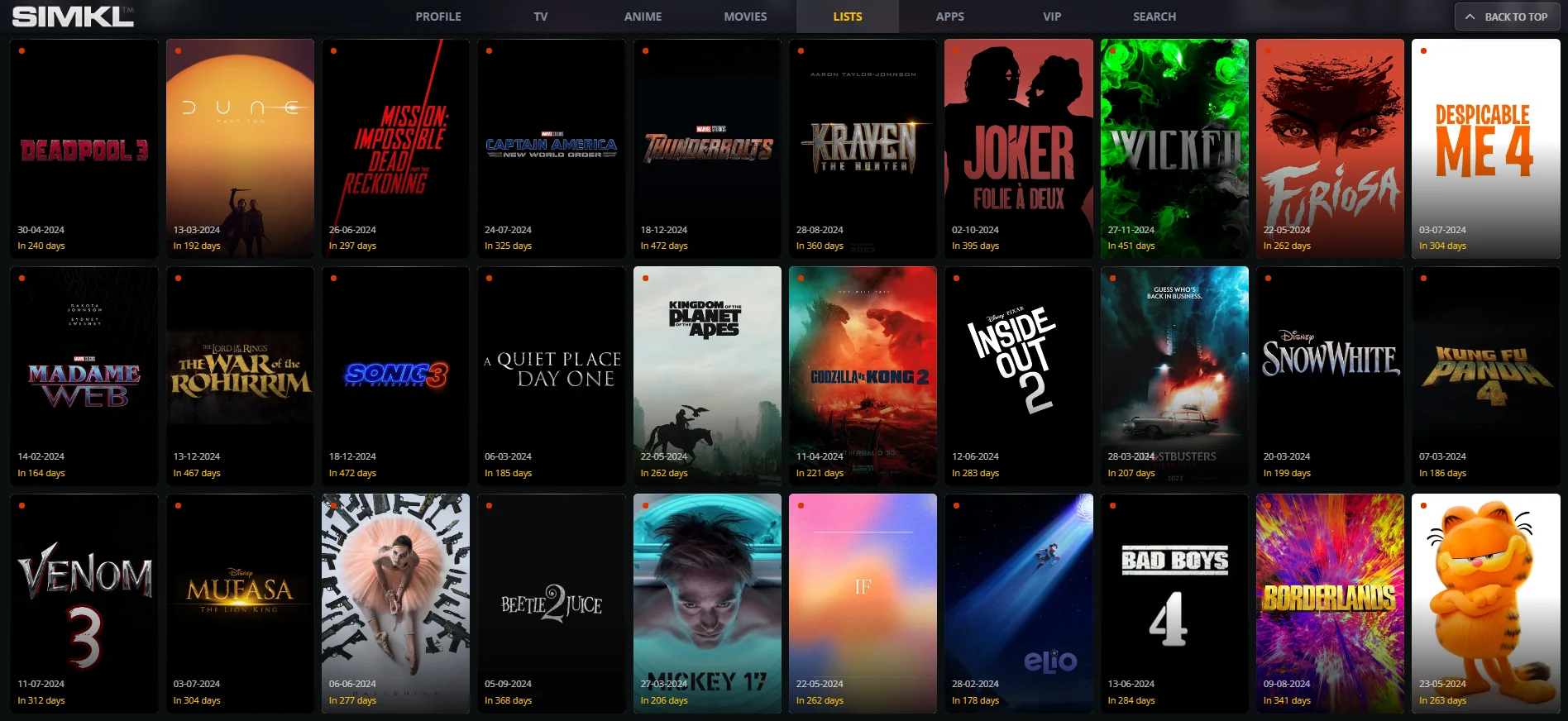Demystifying the Mobile App Development Process: A Comprehensive Guide
Explore the comprehensive guide on the mobile app development process and learn the essential steps from ideation to launch. Perfect for businesses and developers alike.

The mobile app development process is a structured pathway that transforms an idea into a fully functional application. This journey involves multiple stages, each crucial for creating an app that is efficient, user-friendly, and aligned with business goals. In this article, we will break down the process into digestible steps, providing insights for businesses and developers alike.
1. Ideation and Market Research
The journey begins with a clear idea. However, an idea needs validation through comprehensive market research. Understanding your target audience, studying competitors, and identifying unique value propositions are key components.
- Key Activities:
- Define app objectives and goals.
- Conduct user surveys or interviews.
- Analyze market trends and demand.
Market research helps refine your idea and lays the foundation for a successful app.
2. Creating a Detailed Plan
A well-structured plan ensures clarity and alignment throughout the development lifecycle. It includes:
- Scope of Work: What the app will do.
- Features List: Core and optional functionalities.
- Budget and Timeline: Estimating resources and deadlines.
3. Designing the User Experience (UX) and User Interface (UI)
The design phase is pivotal for ensuring that your app is intuitive and engaging. A great design balances aesthetics with functionality.
- Steps in the Design Process:
- Create wireframes to visualize the app layout.
- Develop prototypes for early user feedback.
- Finalize the UI/UX design with user-centric adjustments.
4. Development Phase
The actual coding begins here. The mobile app development process requires collaboration between developers, designers, and project managers. The choice of technology—native, hybrid, or cross-platform—depends on the app's goals and audience.
- Backend Development: Building the server-side architecture.
- Frontend Development: Creating the user-facing part of the app.
- API Integration: Connecting the frontend with backend systems.
5. Testing and Quality Assurance
Testing is integral to delivering a bug-free and secure app. Various types of testing ensure that the app performs well under different conditions.
- Functional Testing: Verifies core features work as intended.
- Performance Testing: Assesses speed and responsiveness.
- Security Testing: Protects user data and prevents breaches.
- User Acceptance Testing (UAT): Ensures the app meets user expectations.
6. Deployment and Launch
Once testing is complete, the app is ready for deployment. Launching involves submitting the app to app stores (Google Play Store, Apple App Store) and adhering to their guidelines.
- Pre-Launch Checklist:
- Optimize the app store listing with keywords.
- Create promotional material for social media and email campaigns.
7. Maintenance and Updates
The mobile app development process doesn’t end with the launch. Regular updates, feature enhancements, and user support are vital for long-term success.
- Common Post-Launch Activities:
- Monitor app performance analytics.
- Collect user feedback for improvement.
- Fix bugs and add new features.
Best Practices for a Successful Mobile App Development Process
- Focus on MVP (Minimum Viable Product): Start small and scale based on user feedback.
- Emphasize Security: Protect user data with encryption and compliance.
- Maintain Consistent Communication: Keep all stakeholders informed.
Final Thoughts
Navigating the mobile app development process can seem daunting, but a methodical approach simplifies it significantly. From ideation to updates, every step plays a crucial role in delivering a high-quality app that meets both user needs and business objectives. By staying adaptive and focused, you can create an app that stands out in a competitive market.
What's Your Reaction?


















